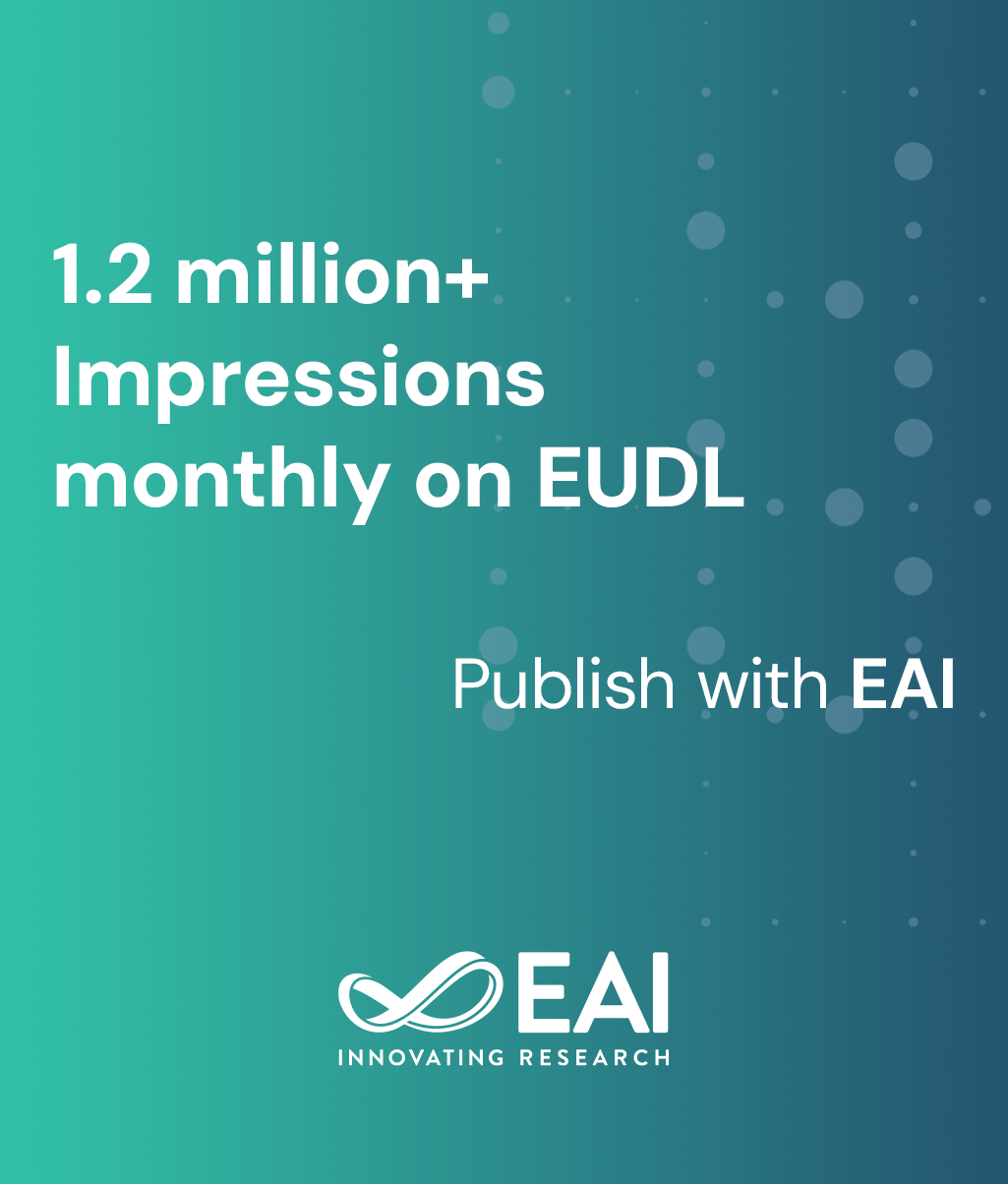
Research Article
The Effectiveness of Game-Based Learning Application Integrated with Computational Thinking Concept for Improving Student’s Problem-Solving Skills
@INPROCEEDINGS{10.1007/978-3-031-06374-9_28, author={Syamsul Bahrin Zaibon and Emram Yunus}, title={The Effectiveness of Game-Based Learning Application Integrated with Computational Thinking Concept for Improving Student’s Problem-Solving Skills}, proceedings={e-Infrastructure and e-Services for Developing Countries. 13th EAI International Conference, AFRICOMM 2021, Zanzibar, Tanzania, December 1-3, 2021, Proceedings}, proceedings_a={AFRICOMM}, year={2022}, month={5}, keywords={Game-based learning Computational Thinking Problem solving skill Computer science Primary school}, doi={10.1007/978-3-031-06374-9_28} }- Syamsul Bahrin Zaibon
Emram Yunus
Year: 2022
The Effectiveness of Game-Based Learning Application Integrated with Computational Thinking Concept for Improving Student’s Problem-Solving Skills
AFRICOMM
Springer
DOI: 10.1007/978-3-031-06374-9_28
Abstract
Game-Based Learning (GBL) and Computational Thinking (CT) have become essential tools in education as many studies successfully proved it effectiveness. However, the integration between both concepts into learning application is still lacking. Hence, this research aims to determine the effectiveness of using GBL applications which were developed by integrating CT concept for improving student’s problem-solving skills. Integrating CT in the GBL means applying the CT concepts (such as abstraction, algorithm, decomposition, automation, and evaluation) through digital games specifically developed for computer science course in a primary school. In evaluating the effectiveness of the GBL for CT, this research has utilized a quasi-experimental design and enrolled a control group with the pretest and post-test assessments. At the end of the experiment, the achievement scores of both groups were collected, and the difference in problem solving effectiveness between the experimental (N = 24) and control (N = 25) groups was examined. The results of the analysis showed that the average post-treatment scores of the treatment group were significantly higher compared to the control group. It shows that the application of GBL for CT has affected or contributed 67% to student achievement in problem solving. Therefore, the study proved that the GBL for CT is effective to improve student’s problem solving skills.


